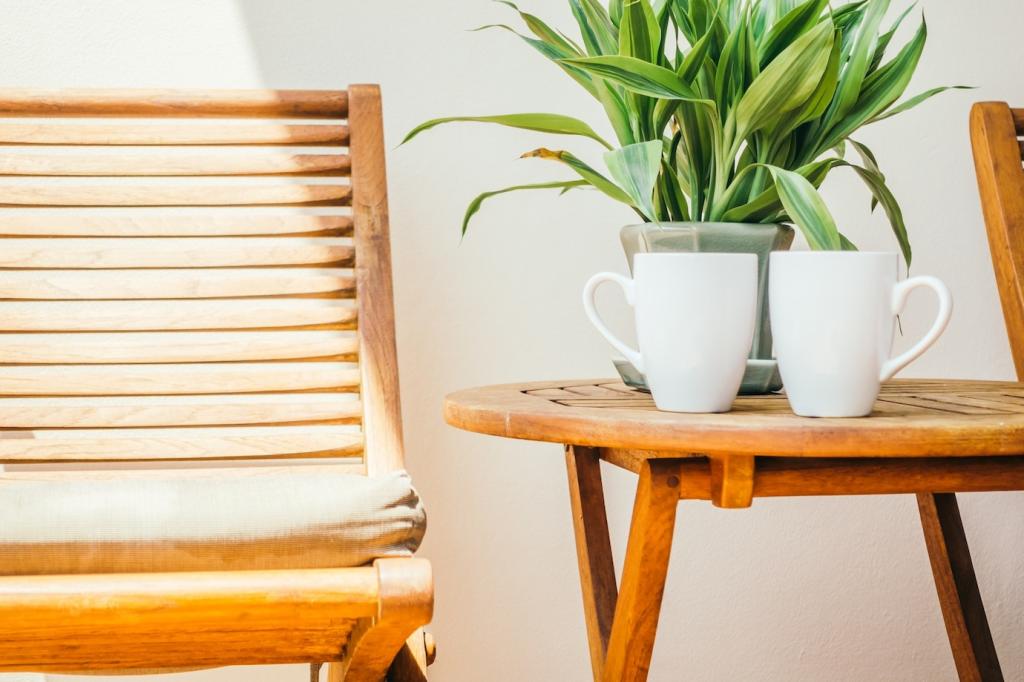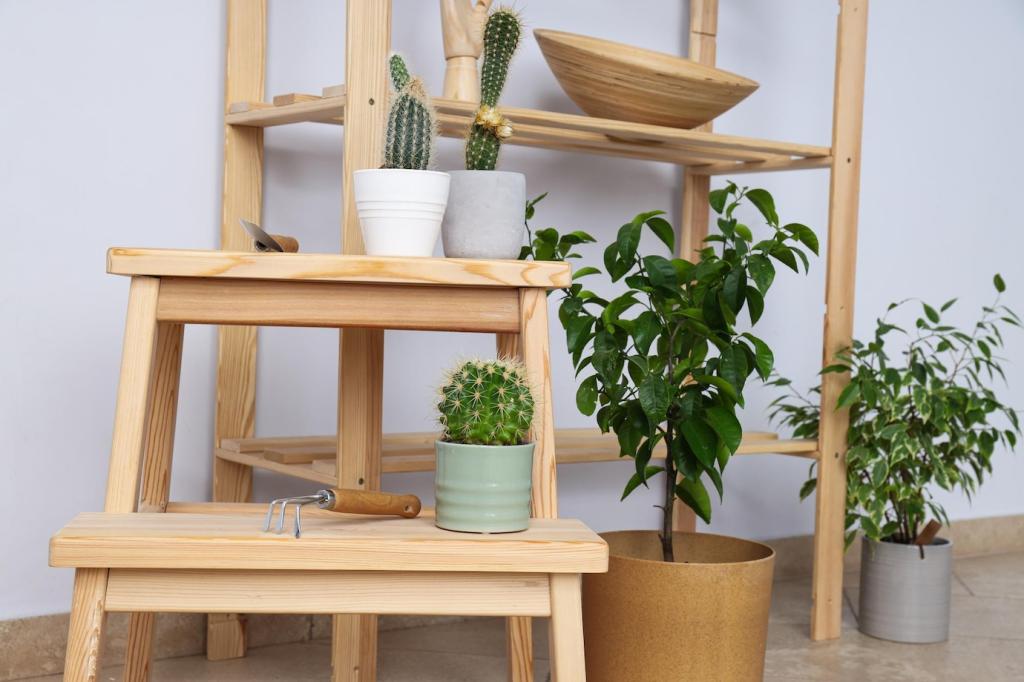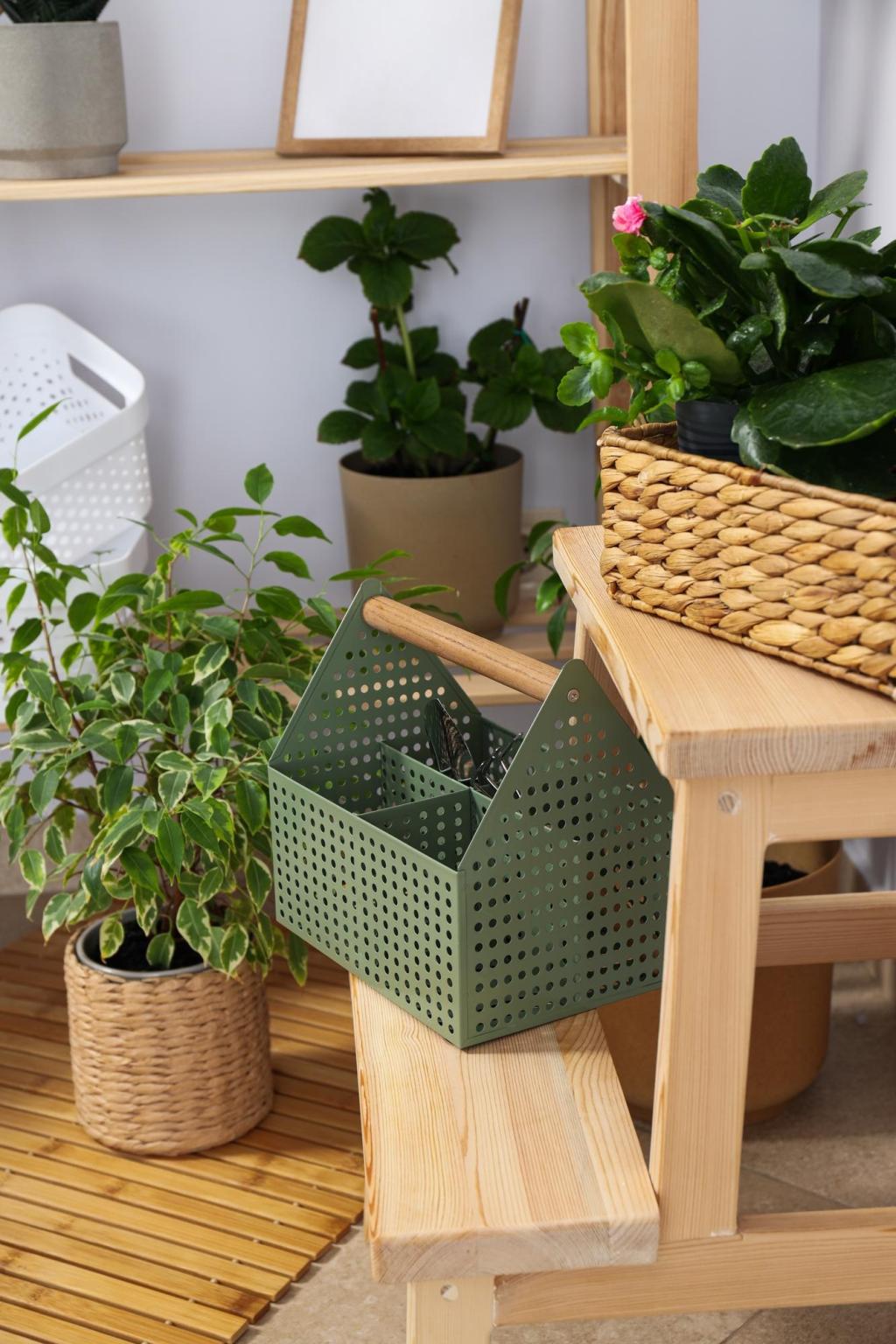Stories From Real Homes and Movers
A veteran mover wrapped an old upright piano in recycled‑fiber blankets through three apartments and a rainy day fiasco. Not a single ding. The family kept one blanket as a sofa throw, a humble reminder that practical protection can also carry memories, not just furniture.
Stories From Real Homes and Movers
Between a frisbee‑obsessed dog and two energetic kids, the leather sofa was losing. An rPET throw caught the claws, crumbs, and wet paws. Weekly washings kept it fresh, and the kids even counted bottle equivalents at recycling time, turning care into a small, cheerful ritual.
Stories From Real Homes and Movers
A café owner slipped recycled tire‑rubber pads under bistro stools and lined a vintage banquette with denim batting. Scrape marks vanished, noise dropped, and the patina stayed charming—not shabby. Customers noticed the quiet, not the pads, which is exactly how discreet furniture protection should feel.




